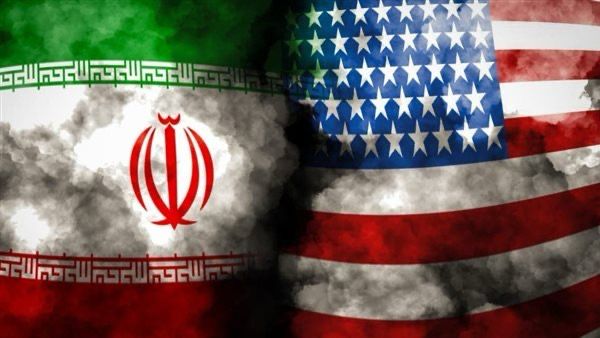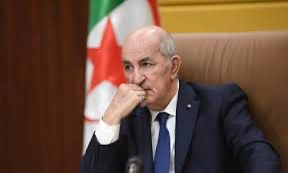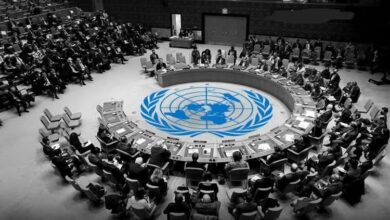Iran at a Crossroads: Will It Resort to Diplomacy or Face an End?
Iran at a Crossroads: Will It Resort to Diplomacy or Face an End?

ALDAR /Analysis
Iran is approaching a critical phase in its nuclear program, with political analyses indicating that Tehran has entered the “final stage” that will lead to one of two decisive options: either military strikes targeting its nuclear facilities or the signing of a new nuclear agreement under immense pressure.
In a report published by The Jerusalem Post on March 30, 2025, analysts warned that time is running out for Iran, especially amid the rapidly changing dynamics on the ground. U.S. President Donald Trump has given the Iranian government a two-month deadline to reach an agreement, warning that failure to respond would mean “bombing the likes of which Iran has never seen before.”
Should Tehran fail to reach a settlement, European countries (Germany, France, Britain) may be forced to activate the “automatic sanctions re-imposition mechanism” under the 2015 nuclear deal, which could come into effect as early as next June.
On the ground, Iran faces growing threats from Israel, which targeted five Russian-made “S-300” air defense systems in Iran in 2024. The Israeli Air Force has also intercepted hundreds of Iranian ballistic missiles in previous trials, highlighting the fragility of Iran’s deterrence. Despite repeated threats from Tehran to strike U.S. military bases in the Middle East, including the Diego Garcia base, and its threats to joint facilities with allies like Turkey, these threats have increasingly fallen on deaf ears and have become less influential in the international arena.
Regarding the positions of the Iranian leadership, there are growing signs that Ayatollah Ali Khamenei may have begun to signal Tehran’s willingness to sit down at the negotiation table, despite public statements asserting Iran’s rejection of any concessions. Many analysts believe these shifts may be driven by the fear of a potential military escalation, whether from the United States or Israel, which could lead to a double strike that would destroy Iran’s nuclear ambitions.
Today, Iran seems to face two choices with no middle ground: either submit to diplomatic negotiations under harsh terms, a path requiring significant concessions, or face the “Trumpian fire” that could destroy its nuclear facilities and leave it in a desperate position.
Amid mounting international pressure and increasing signs that Iran may have reached the point of no return, the crucial question remains: will Tehran choose to surrender to the reality, or will it risk further military escalation that could lead to catastrophic results? Time is running out, and the clock is ticking toward a decision that will determine Iran’s fate in the coming stage.





